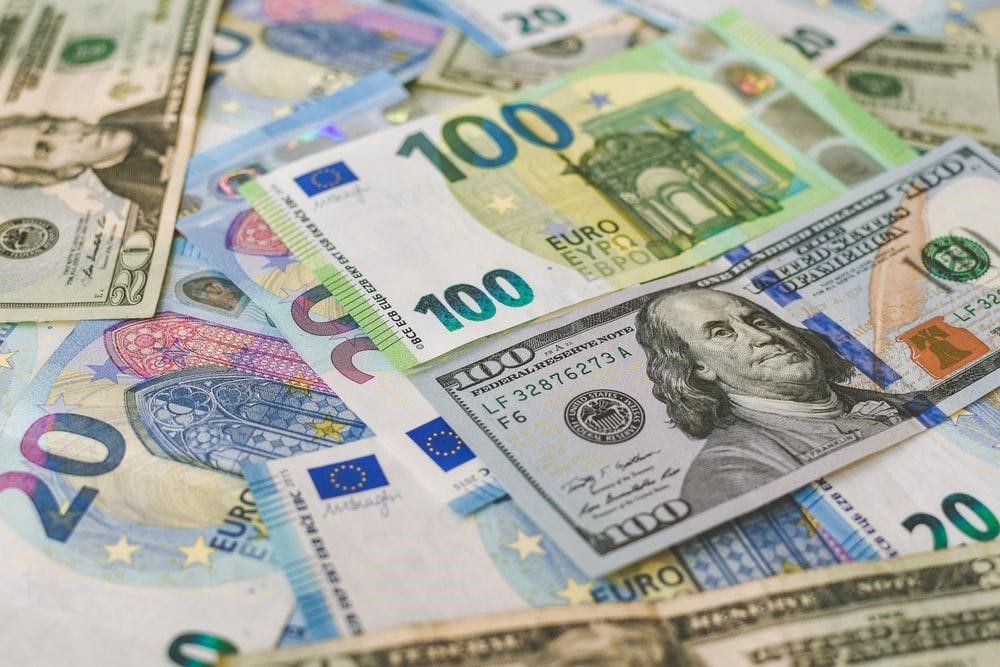It has been an interesting year for the US Dollar, as a chain of events favored flows into the global reserve currency. The risk sentiment has deteriorated significantly, raising the pressure on volatile assets such as tech stocks and cryptocurrencies.
In such an environment market participants choose to stay in cash and when faced with a difficult choice, the winner will often be USD, simply because this is the leading funding currency of the world, tending to rise when interest rates are also rising. However, the May 2022 performance has been rather mixed, mainly due to several factors.
DXY pierced above pandemic highs -but stepped back
At the beginning of May, the US Dollar Index, or DXY, hit a fresh 20-year high, showing the low appetite for risk around the world. Still, that wasn’t a catalyst strong enough to push the price even higher.
A temporary top was generated on May 13 and since then, the Dollar sold off a bit, in a move that looks more like a correction from oversold conditions and not a major shift in capital flows. Because DXY is the value of USD against the Euro by more than 50%, this retracement lower should be no surprise, as EURUSD, the most popular currency pair, is now rising for the second week in a row.
Interest rate spreads to start narrowing
According to experts at SquaredFinancial, a globally reputed licensed brokerage brand, capital is constantly searching for yield and as the US Federal Reserve raises rates, while other central banks like the ECB or BoJ stand put, investors tend to naturally favor the Dollar.
Markets have been pricing in monetary tightening from the beginning of the year, but as US economic activity starts to head south and a top in inflation figures is expected to be seen during the next few months, one should question whether the FED will tip the economy into a recession.
US bond yields have already topped, suggesting a temporary top in tightening has been reached. On top of that, the ECB is already changing its tone, suggesting an interest rate hike will likely occur during Q3 of this year, right after asset purchases end.

If that is the case, markets have to reassess and reconsider the interest rate spread, which will narrow if the ECB will join the group of central banks fighting inflation.
Divergent monetary policies
Although during May currency markets reconsidered how far the FED can go with the tightening process, the experts from SquaredFinancial believe that there is a limit to how much interest rates can rise, given that debt-to-GDP ratios have increased substantially in order to combat the pandemic effect on economic activity.
The Dollar should consolidate at higher levels, keeping in mind that the US is in a much better shape to keep interest rates higher, relative to other developed nations. Unfortunately for the other currencies, the USD will probably still hold an edge, until a new business cycle starts to unfold.



 Bitcoin
Bitcoin  Ethereum
Ethereum  Tether
Tether  XRP
XRP  Solana
Solana  USDC
USDC  TRON
TRON  Cardano
Cardano  Lido Staked Ether
Lido Staked Ether  Avalanche
Avalanche  Toncoin
Toncoin